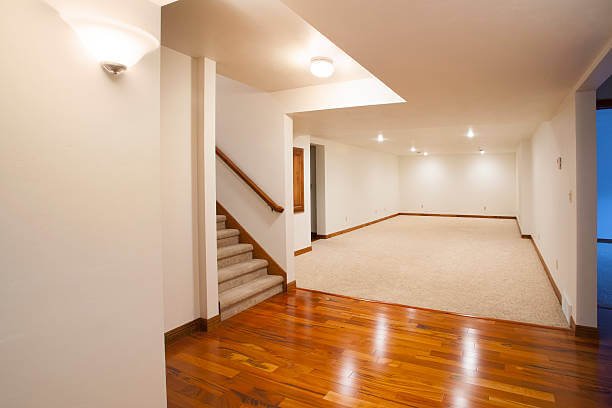Say goodbye to noise Transform your home to a peaceful retreat.
Why Soundproofing Matters
Soundproof materials aren't limited to recording studios or workplaces—they also play a role, in enhancing comfort of your living space in day to day life. Canadian households encounter a range of noise issues due to their designs and dimensions—ranging from thin walls in older residences to lofty ceilings in modern constructions. Soundproofing can be beneficial for:

Working from Home

New Parents

Shift Workers or Students

Special need individuals
Soundproofing doesn't just manage noises; it also enhances the overall comfort inside a space — perfect, for both families and professionals alike.
Tired of Noises in the basement?
Soundproofing is your solution You can turn your basement into a rental unit, Home Theater, Music Studio, Home Office, Game Room and much more.
Top Soundproofing Materials Available in Canada
Each of these materials works well and is readily available in Canada while perfectly matching the Canadian aesthetic for homes. Lets explore the materials used and where they are typically applied in home settings.

sonopan
Ideal for: Walls, floors, ceilings. Description: SONOpan is made in Canada and crafted with quality materials and production standards that support local industries and sustainable practices. Pros: Manufactured from 100% recycled wood and are free from formaldehyde

Acoustic Panels
Suitable for use in home offices as well as entertainment rooms and bedrooms or nurseries. Pros include the variety of colors and textures for customization of appearance as well as the panels ease of installation and removability—a feature particularly convenient, for renters.

Fiberglass Insulation
Ideal for: Walls, ceilings, and floors. Description: Often used in new home builds across Canada, fiberglass insulation is a versatile, highly effective material. It offers good insulation value for Canadian winters as well. Pros: Durable, cost-effective, and improves thermal insulation.

Soundproof Drywall
Ideal for: Living rooms, home theaters, bedrooms, offices, and study rooms. Description: Specialized drywall that incorporates soundproofing compounds that absorb sound waves better than traditional drywall. Pros: Ideal for extensive soundproofing projects.

Weatherstripping and Door Seals
Ideal for: Entry doors, interior doors, and windows. Description: Often overlooked, gaps allow sound (and drafts) to enter. Canadian winters make weather-stripping an essential home upgrade, and it doubles as a soundproofing measure. Pros: Inexpensive, quick to apply, and improves energy efficiency.

Mass Loaded Vinyl (MLV)
Ideal for: Walls, floors, ceilings, and multi-purpose rooms like offices and music studios. Description: MLV is a heavy, flexible material that blocks sound waves and is often used in homes requiring higher soundproofing. Pros: Thin, dense, and highly effective at blocking sound without taking up much space.
🛑Stop searching
Get your free, No obligation quote
Fill out the Form and our team will contact you within 24 hours.
You are only steps away from your dream home

Silence Meets Sustainability
Enhance your home's energy efficiency with soundproofing solutions that keep the noise out and the comfort in. Save energy, reduce costs, and create a quieter, greener home.
Soundproofing Canadian Home Styles: Practical Tips
Soundproofing solutions work best when customized to the architecture and style of the home. Here are tips for some common Canadian home types:
-
Modern and Contemporary Homes: These homes often have open floor plans and high ceilings, amplifying sound. Consider using soundproof drywall and strategically placed acoustic panels in open spaces.
-
Older Canadian Homes: Homes built before the 1980s may have thinner walls. Adding fiberglass insulation or soundproof drywall to these areas helps control sound transmission between rooms.
-
Condos and Apartments: If you’re in a multi-unit building, MLV sheets are a great addition to walls and floors to prevent noise transfer between units.
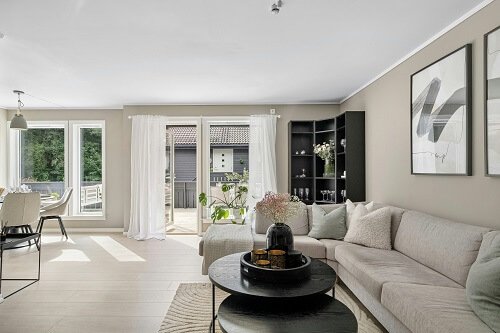
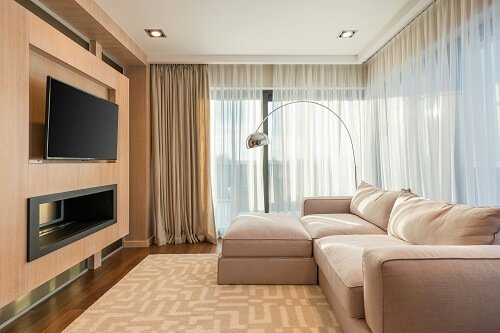
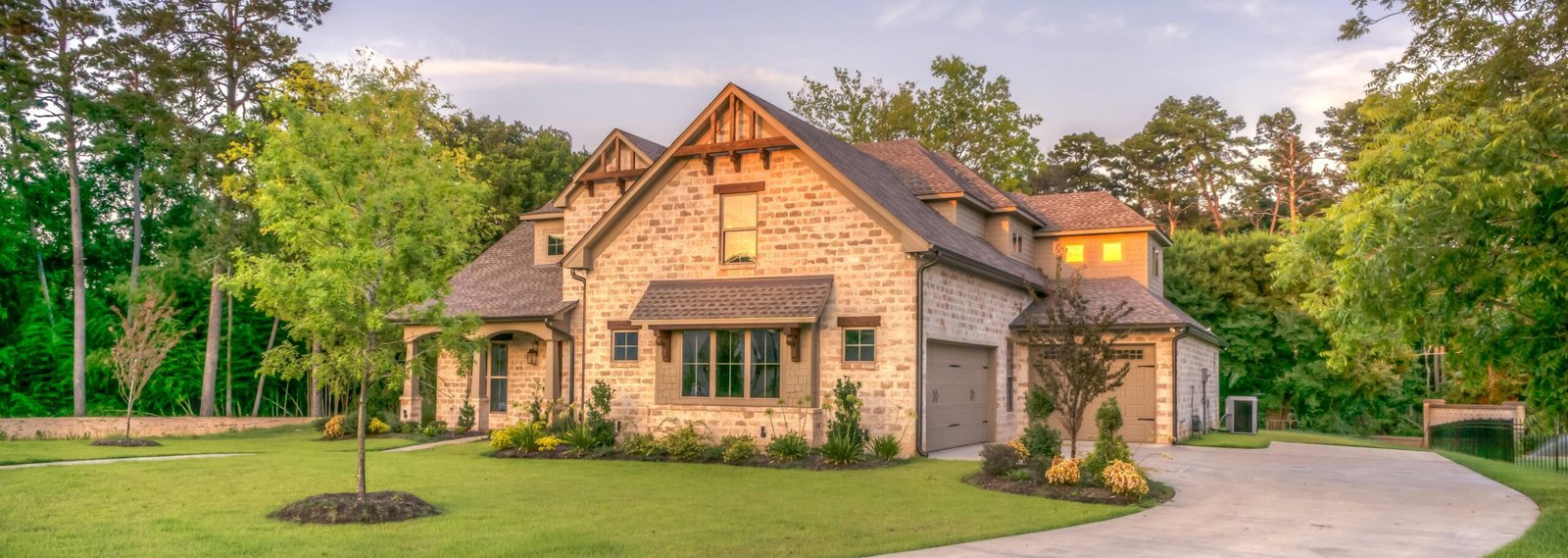
Simple Soundproofing DIY Projects
For those looking to start small, here are easy DIY soundproofing projects that can make a difference:
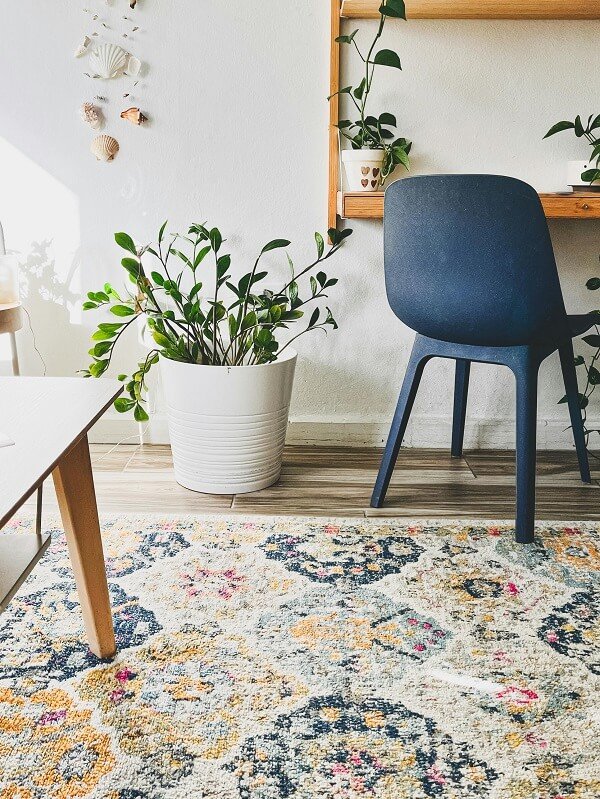
Add Rugs and Carpets: These help absorb sound, especially if you have hardwood or tile floors.

Install Door Sweeps: Affordable and easy to apply, door sweeps block sound from traveling under doors.
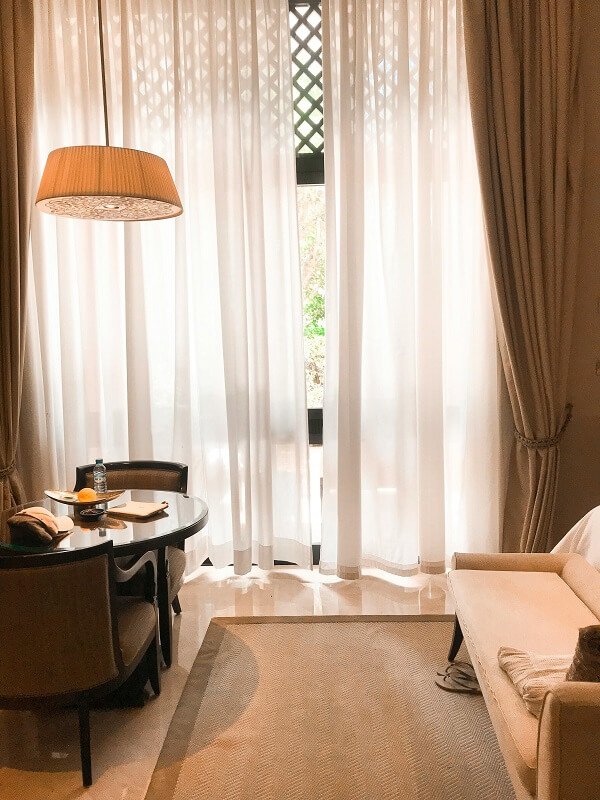
Hang Heavy Curtains: These help with external noises from windows, especially in busy neighborhoods.


